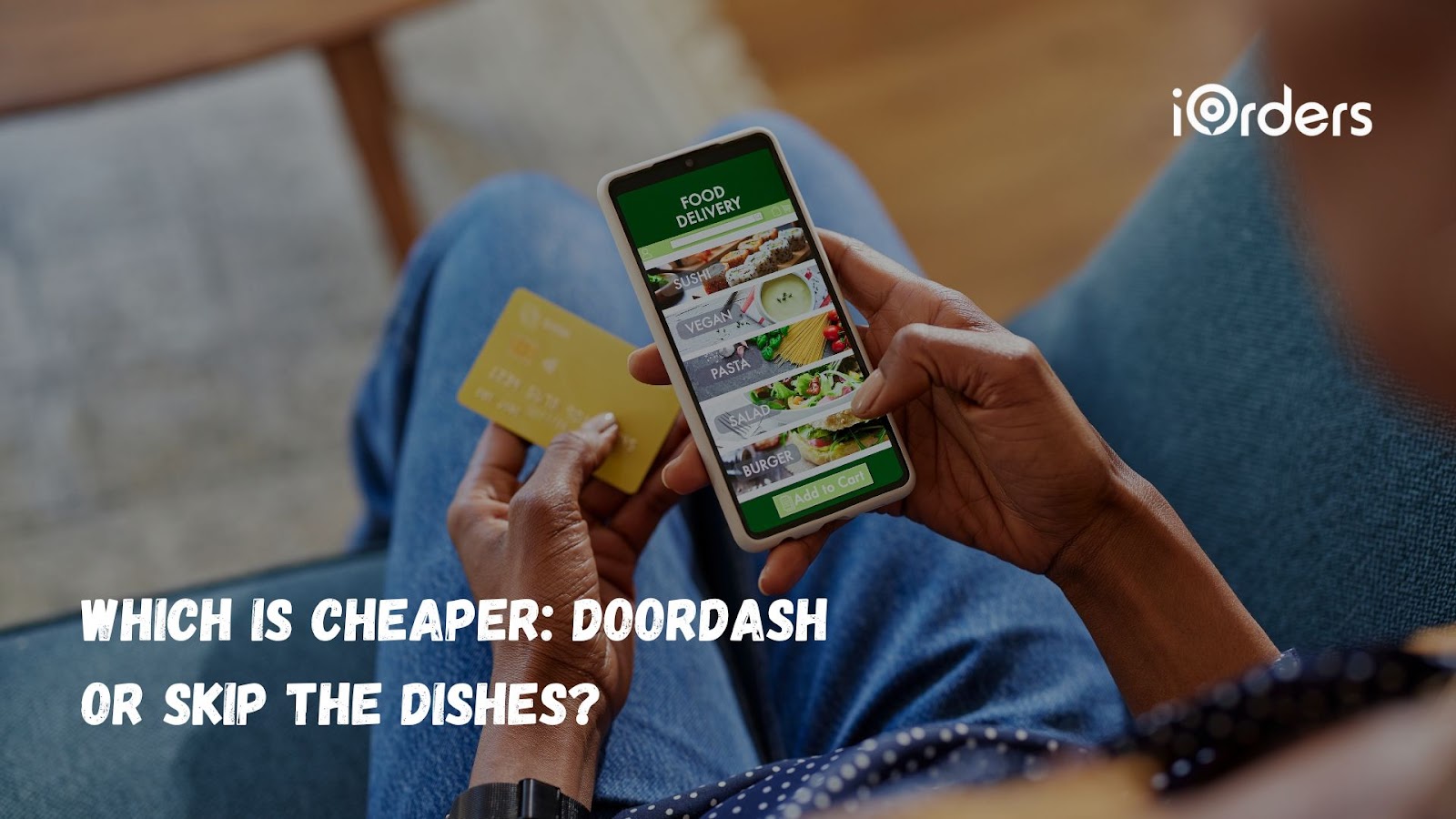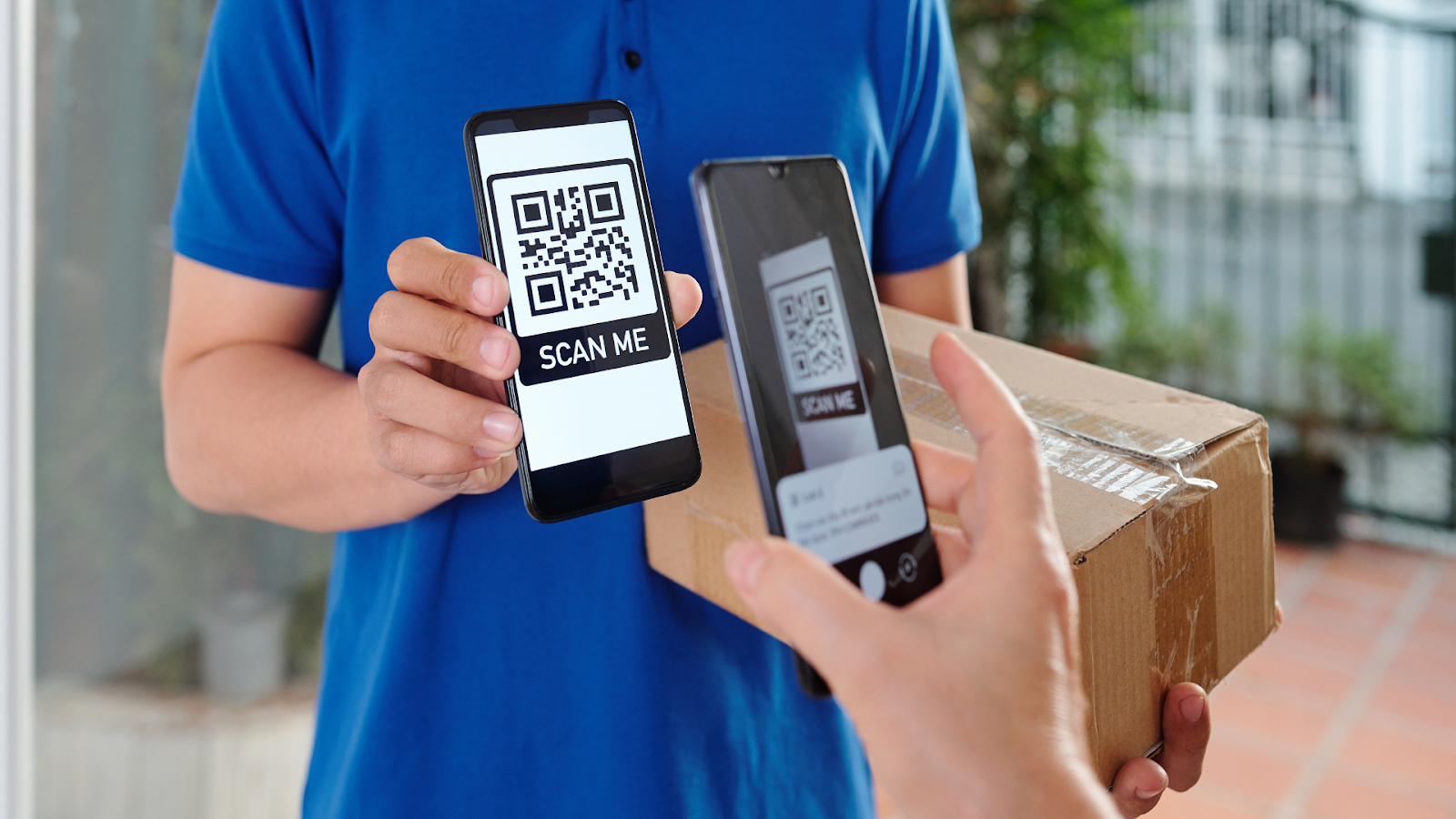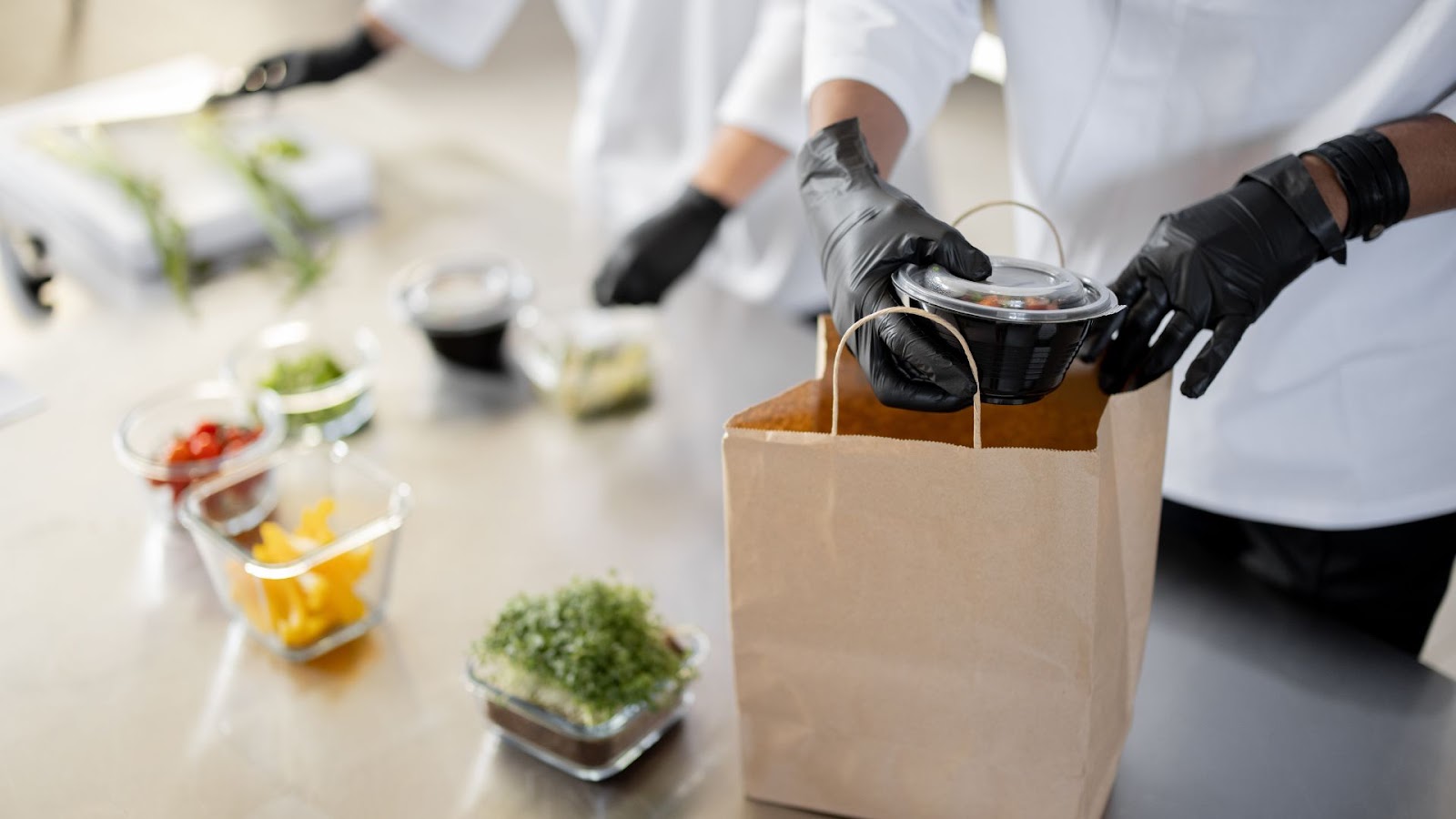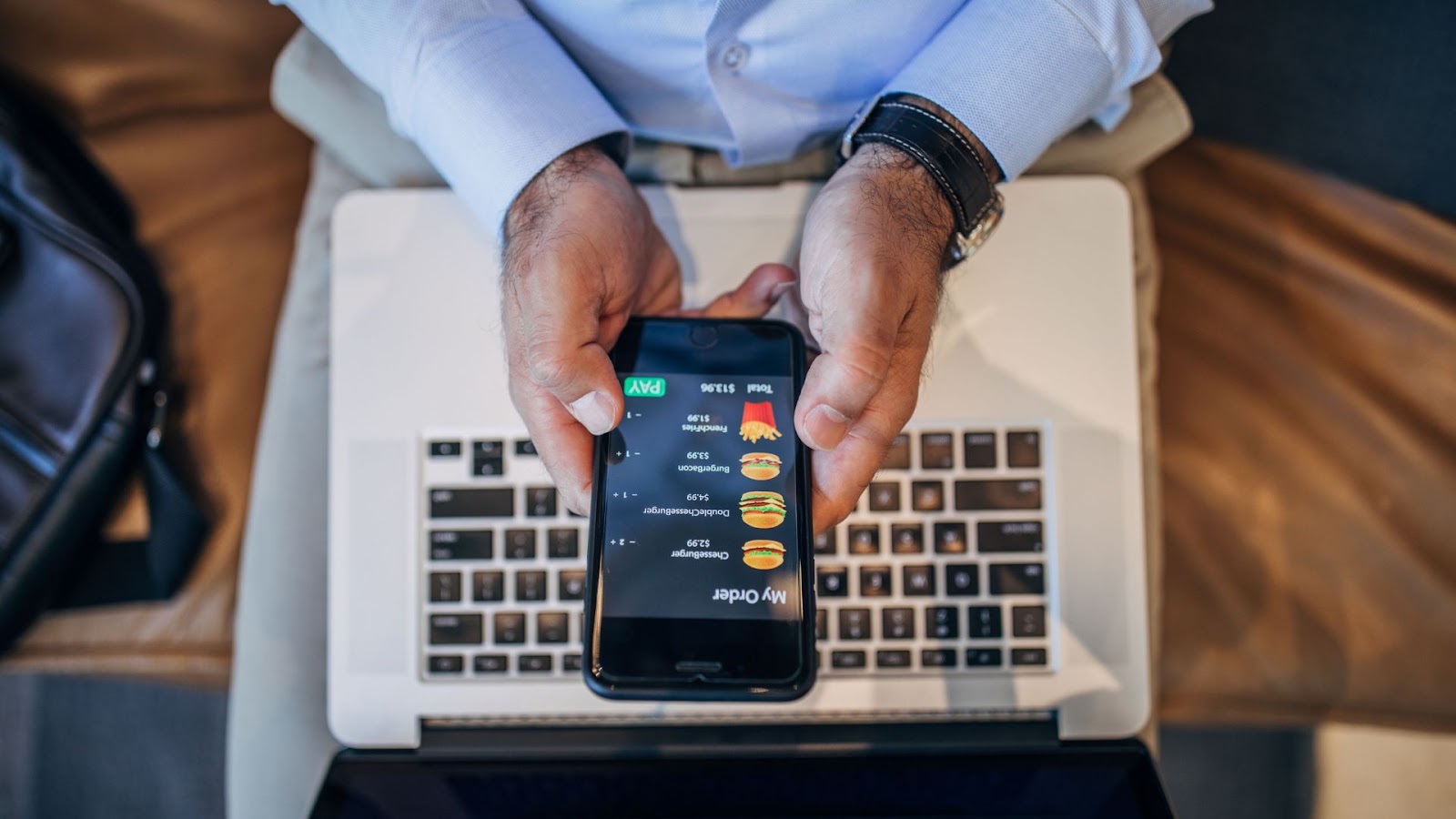August 5, 2025

Every time a customer orders through a third-party delivery app, a portion of your profits is absorbed by commissions and fees. Over time, those costs accumulate, eating into your margins and reducing your control over the customer experience.
But in a crowded market with so many delivery apps to choose from, how do you know which one is the right fit for your restaurant's specific needs and budget?
This blog compares the real costs of Canada’s two dominant platforms: DoorDash and Skip The Dishes. We break down everything you need to know, from commissions and extra fees to customer charges and delivery zones, so you can confidently decide which platform aligns better with your budget and business goals.

Let’s start with where each platform operates in Canada, since reach plays a significant role in how many local customers can find and order from you.
DoorDash is a U.S.-based food delivery service that has significantly expanded its presence in Canada.
Skip is a Canadian-founded food delivery platform, now a subsidiary of Just Eat Takeaway.
Map out where your current and potential customers live. If you’re in a smaller market or rural area, Skip’s broader coverage may help you reach more diners. If you’re in a major city or want to tap into an established network of tens of thousands of businesses, DoorDash could be a strong match.
Reach is only part of the equation. To understand your real cost per order, let’s look at how each platform handles commissions and service fees.

Here's how each platform handles commissions and service fees, so you can see how much you’ll actually take home per order:
Verified tablet rental cost in Canada is CA$3 per week, which begins after your free trial ends. It is fully waived during the trial. You only pay this fee if you choose to use DoorDash’s tablet. You can alternatively receive orders via your own POS integration, email, or fax at no cost.
This gives you both the reach and flexibility to lower platform costs if you drive orders through your channels.
Also Read: How to Join DoorDash as a Restaurant Partner
Skip The Dishes doesn’t list exact rates on its public pages, but here’s how the fee model works:
Skip The Dishes currently routes all orders, whether placed through their app or your channels, through their platform. That means every order incurs both the commission and the service fee. There is no separate, lower-cost direct ordering product available at this time.
Now, you have a clearer picture of how much each platform takes from your orders. Use your average ticket size and order volume to estimate the actual impact on your earnings. That way, you can make a more confident decision about which service fits your budget, goals, and how much control you want to keep over your margins.
With this in mind, it’s also important to consider the charges your customers see, as they can heavily influence repeat business.

Before your customers place an order, they’ll see delivery and service charges that add to their total, and shape how they view ordering from you. Here’s what each platform lists on its site:
Being clear, competitive, and upfront with fees encourages customers to return, whether through DoorDash, Skip, or your ordering portal.
Now that you’ve seen the basic commission and fee structures, let’s explore some of the other costs that might come into play, especially if you're using extra features or marketing tools.

Beyond the standard commissions and customer fees, you’ll also run into extra costs and optional add‑ons on each platform. Here’s what you need to know for 2025:
You can often negotiate lower marketing rates or commission tiers during slow seasons, holidays, or when you hit a high order volume. Always talk to your Skip or DoorDash rep; these deals aren’t advertised publicly, but they can shave a few points off your fees when you ask.
By lining up these add‑ons in advance and negotiating when you can, you’ll keep your costs clearer and protect your margins, whether you’re boosting visibility or streamlining operations on DoorDash or Skip The Dishes.
With both the standard and optional costs outlined, it's helpful to weigh the trade‑offs of each platform to see how they align with your restaurant’s goals.

Before choosing a delivery partner, it is helpful to weigh the strengths and trade-offs from your perspective. Here’s a quick look at what you gain and what you give up on each platform in 2025:
By aligning each platform’s model with your goals, whether that’s lowest commission, widest reach, or full branding control, you can select the partner that best fits your restaurant.
Even with these costs in mind, there are practical steps you can take to manage your expenses and protect your margins while continuing to use third-party delivery services.
Also Read: Uber Eats vs DoorDash: Best Food Delivery App in Canada?

Managing delivery expenses is crucial for maintaining profitability. Here are some strategies to help you reduce costs:
Both DoorDash and Skip The Dishes offer commission rates that can vary based on factors such as order volume and seasonal demand. For instance, DoorDash offers various partnership plans with commission rates ranging from 15% to 30%, depending on the level of marketing support and delivery services selected. Similarly, Skip The Dishes typically charges commission fees between 20% and 30%, with potential for negotiation based on your restaurant's order volume and location.
By discussing your order volume and seasonal trends with your account manager, you may be able to secure reduced commission rates or additional promotional support.
Encouraging customers to pick up their orders directly from your restaurant can significantly reduce delivery fees. For example, DoorDash charges a 6% commission on pickup orders, while Skip The Dishes charges a variable pickup commission that is negotiated individually based on factors like location, order volume, and partnership terms. This is notably lower than the commission fees for delivery orders, which can be as high as 30%.
To promote in-house pickup, consider offering incentives such as discounts or loyalty points for customers who choose this option. Additionally, ensure that your restaurant's pickup process is efficient and convenient to encourage more customers to choose this option.
Both platforms offer promotional tools to help increase your restaurant's visibility. For example, DoorDash offers marketing programs like DashPass, which provides customers with $0 delivery fees and reduced service fees, potentially increasing sales. However, participation in such programs often comes with additional costs.
While these promotions can boost your restaurant's exposure, it's important to use them judiciously to avoid incurring high marketing fees. Evaluate the return on investment for each promotion and consider running them during peak times or special events to maximize their effectiveness.
By implementing these strategies, you can effectively manage and reduce your delivery costs, thereby improving your restaurant's profitability.
And if you're looking for an alternative that skips commissions entirely, iOrders offers a way to take control of your orders without giving up a share of every sale.
Also Read: Best Food Ordering App for Restaurants in 2025

If you’re feeling squeezed by platform fees and wish you could keep more of every sale, iOrders offers a straightforward way to own your orders and boost your bottom line. Their all‑in‑one solution helps you move beyond high commissions, putting you in control of your digital storefront and customer experience.
With iOrders, restaurants gain access to the following features:
By integrating iOrders either alongside or instead of traditional delivery apps, you can regain control over your brand, customer data, and profits. It’s a simple step that can make a big difference in how much you earn and how you engage with your guests.
After comparing the commission structures, reach, and various features of DoorDash and Skip The Dishes, it's clear that each platform offers unique benefits depending on your restaurant's goals. DoorDash provides flexibility with various commission plans, including a commission-free online ordering option via your website, while Skip The Dishes focuses on a more straightforward, flat-rate model.
However, both platforms can incur additional costs, such as marketing fees and integration charges, which can impact your profit margins.
If you're looking to bypass these high fees and retain more control over your orders and customer relationships, iOrders offers an ideal solution.
Book a free demo today to see how iOrders can streamline your operations and help you take full control of your delivery and customer experience.
1. How often do restaurants get paid by DoorDash and Skip The Dishes?
DoorDash offers both daily and weekly payouts to restaurants, while Skip The Dishes generally pays out once a week via direct deposit.
2. What if a customer cancels after I’ve started making the food?
If you've already confirmed and started preparing your order, both platforms may offer partial or full compensation; however, you'll need to contact support to review your eligibility.
3. Can I change my menu or prices anytime on these platforms?
Yes, both DoorDash and Skip allow you to update your menu, prices, and item availability in real-time through your partner dashboard.
4. Do I need to pay any setup or sign-up fees to join either platform?
No, there’s no one-time onboarding fee for DoorDash or Skip. You only pay per-order fees and any optional add-ons, such as tablets or marketing tools.
5. Do these platforms show sales data and order reports?
Yes, both offer dashboards that allow you to view sales totals, order trends, and customer reviews, helping you track your restaurant’s performance.